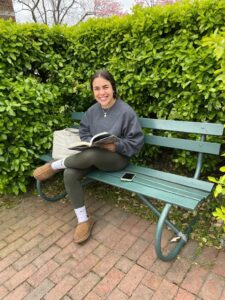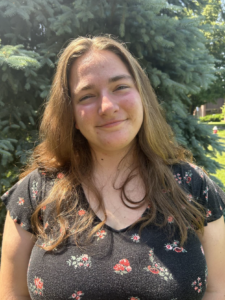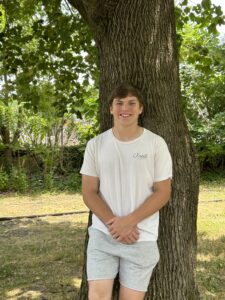In less than twenty years, George School sends three players on to play major league baseball. The first is John Needles “Jack” Bentley, a strapping farm boy and scion of one of the oldest and most distinguished families in Sandy Spring, Maryland, a largely Quaker community. Upon arriving at George School in 1911, he plays a memorable first baseball game. “The new boys were playing the regular school team,” he tells a reporter later. “The newcomers didn’t have any pitchers, so I pitched…and won!”
Jack is an outstanding left-handed pitcher at George School, dominating the opposition and throwing more than one no-hitter in addition to batting in the clean-up position. While still a student, Jack is approached by a professional baseball scout and offered a minor league contract at $75 a month. He declines but is later invited to travel to Washington, DC, for a tryout. He recounts the experience, “I had no idea I could make the Washington team. In fact the tryout was more an opportunity to meet the stars than to get on the team. I was really floating on air. Was I scared! I was like a blind dog in a meat house!”
With professional baseball lacking the status, and salaries, of today, Jack’s mother is opposed to the idea. To win her over, he promises not to drink alcohol or gamble and leaves George School in 1913 to pitch for the Washington Senators (then called the “Americans”) as an 18-year-old phenom. His starting salary is $100 a month. After serving in World War I, he pitches for the New York Giants, including in two World Series.
In fall 1917, George Earnshaw ’20, called “Pop” at George School and “Moose” in the pros, arrives. Standing 6’4” and weighing well over 200 pounds in his prime, he throws so hard that Kingdon Swayne’s history of George School reports at least one teammate switching to tennis rather than facing George in practice. “I didn’t fool around with those junk pitches. I didn’t need them.” He leaves George School in 1919 when he is accepted at Swarthmore College.
Leaving Swarthmore without a degree in 1922, George spends a few years in the insurance business before signing with Connie Mack’s Athletics at age twenty-eight. By the 1929 season he is the team’s right-handed ace and leads the league with twenty-four wins. He plays in three consecutive World Series, and for three years, his statistics are as good as any pitcher’s. But his star descends as quickly as it rose. The Athletics let him go in 1933, and after playing briefly for three more teams and serving in World War II, he serves as a scout and pitching coach for the Phillies.
A little more than a decade later, Wayne Ambler ’33 follows Jack and George first to George School and eventually to “the show.” Arriving in February 1932, the gifted infielder (and 1933 captain) impresses umpire Jim Rumsey, an unofficial scout for Philadelphia Athletics manager Connie Mack. Connie, a close friend of Duke University baseball coach Jack Coombs, helps pay Wayne’s tuition at Duke, where he becomes an outstanding ballplayer. Immediately upon receiving a degree in business administration, he signs with the Athletics and begins a three-year major league career as a shortstop and second baseman.
During Wayne’s rookie season, a jammed thumb and broken jaw from a collision that knocks both players cold sideline him for several weeks. He is never quite the same. From 1937 to 1939, he is a skilled defensive player with a quick release, but he averages only .224 at the plate and never hits a home run. Wayne is traded to the New York Giants and plays two more years in the minors. After the attack on Pearl Harbor, he enlists in the Navy. It is the end of his major league career. Years later, when asked if he would do it all again, he answers with one word: “Positively!”
Note: Jack Bentley, Class of 1915, is shown on the far right in this photograph with his George School baseball teammates. The photograph comes from Jack’s personal photo album, courtesy of Sandy Spring Museum.

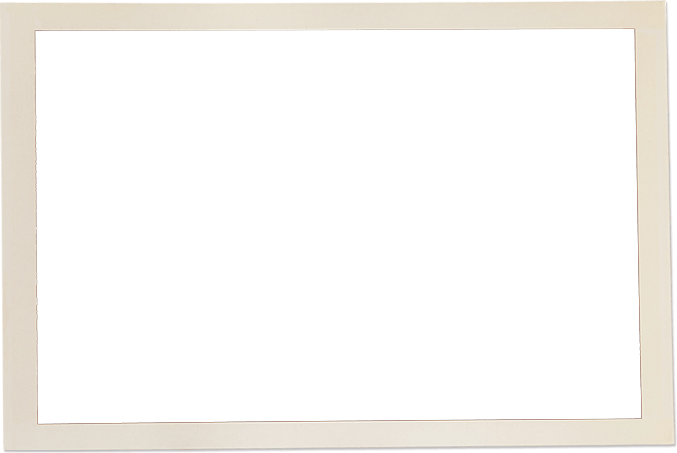
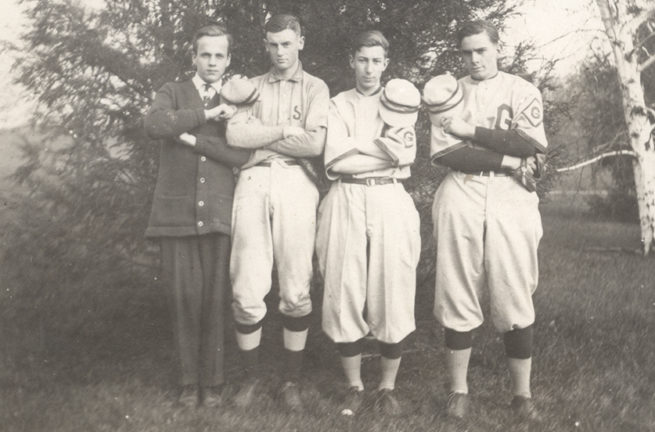
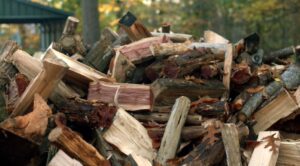
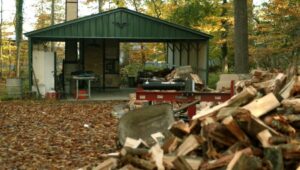


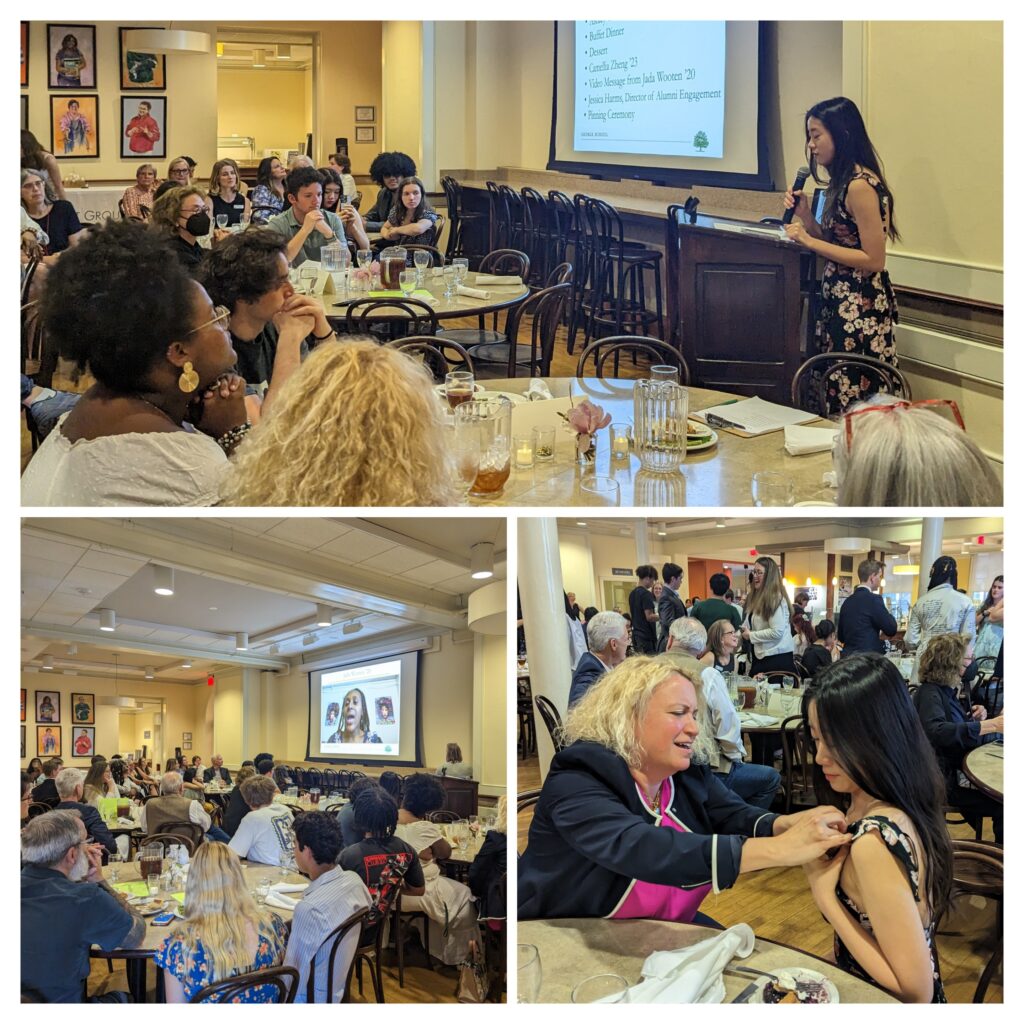

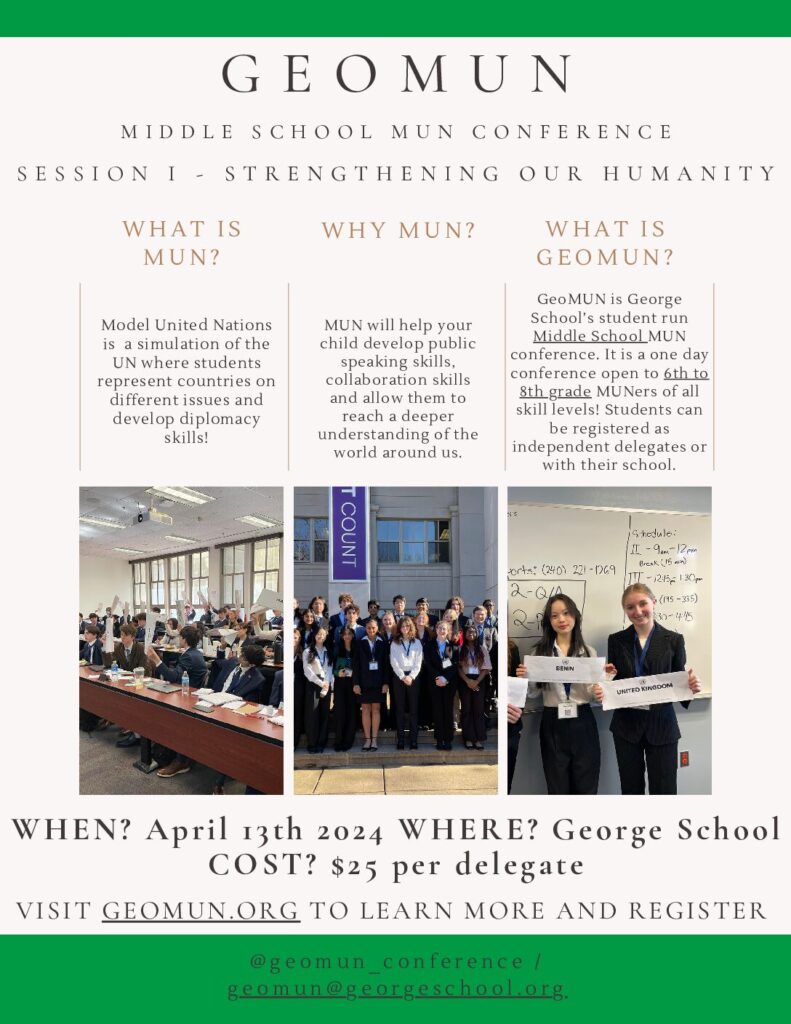
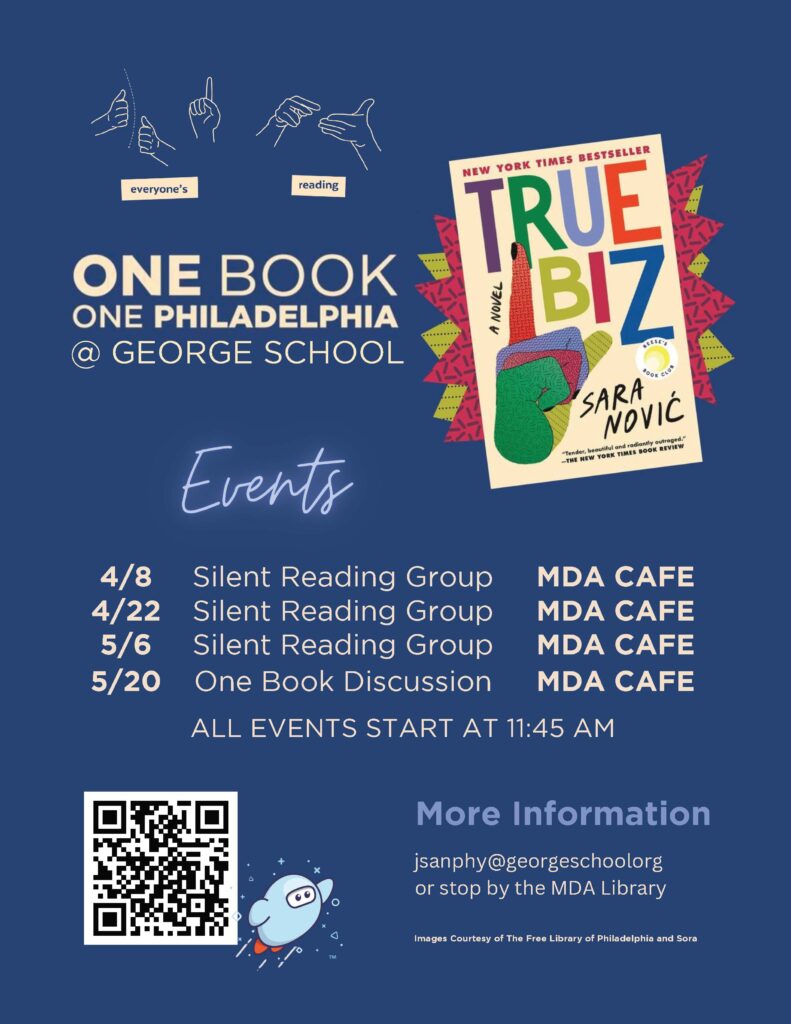
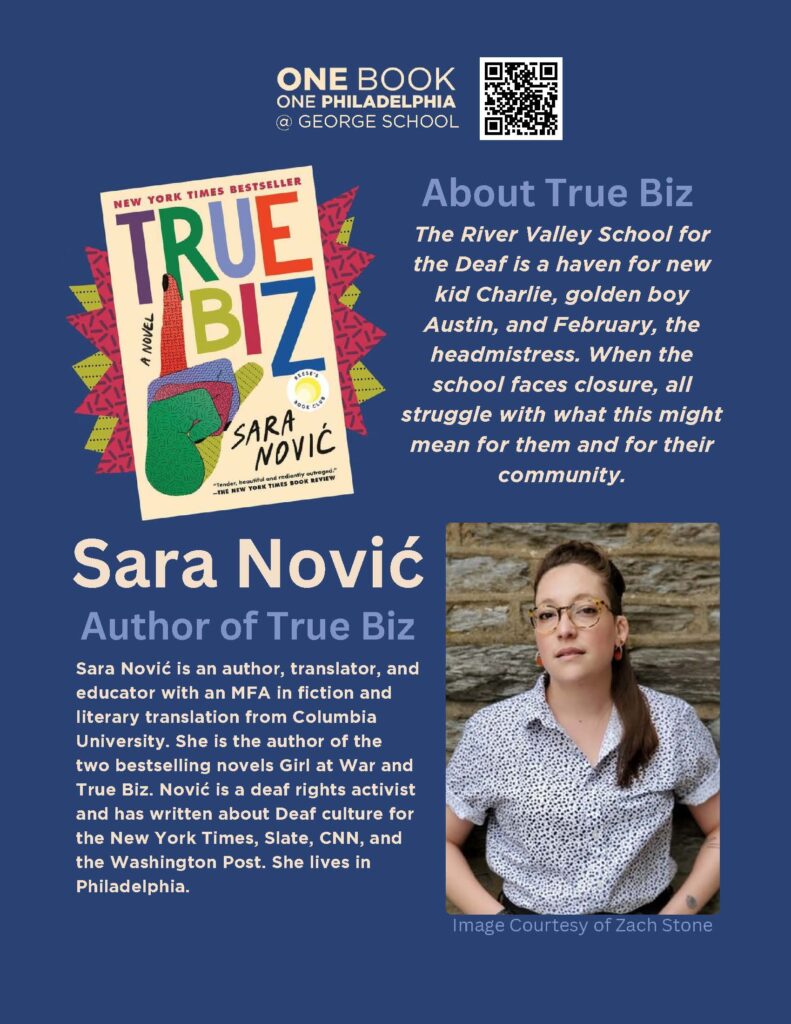
 Monastir, Tunisia, and Amman, Jordan
Monastir, Tunisia, and Amman, Jordan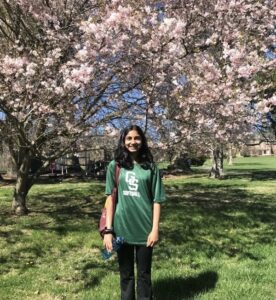 Irvine, CA
Irvine, CA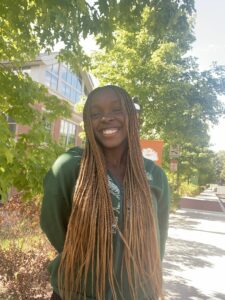 Feasterville-Trevose, PA
Feasterville-Trevose, PA New Hope, PA (Previously NYC)
New Hope, PA (Previously NYC)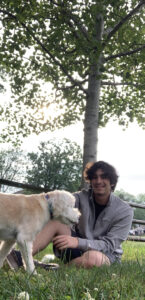 Richboro, PA
Richboro, PA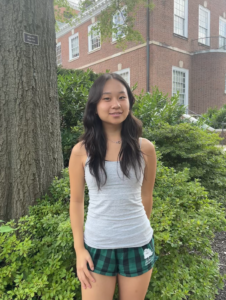 Englewood, NJ
Englewood, NJ Ningbo, Zhejiang, China
Ningbo, Zhejiang, China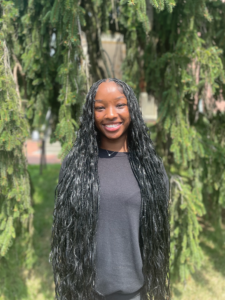 Willingboro, NJ
Willingboro, NJ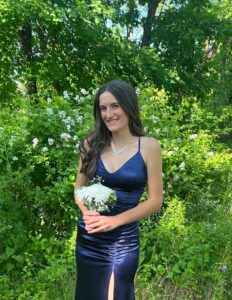 Yardley, PA
Yardley, PA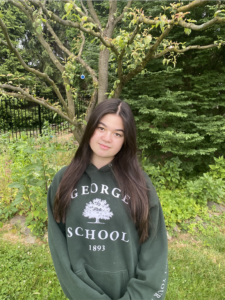 Newtown, PA
Newtown, PA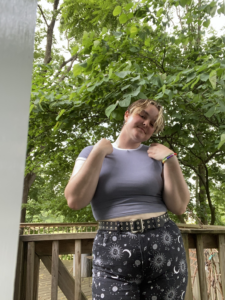 Holicong, PA
Holicong, PA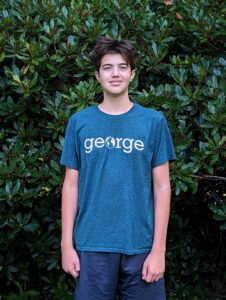 Newtown, PA
Newtown, PA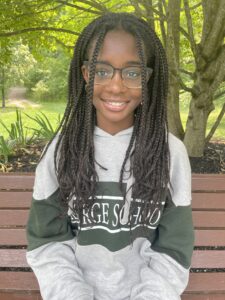 Hamilton, NJ
Hamilton, NJ Yardley, PA
Yardley, PA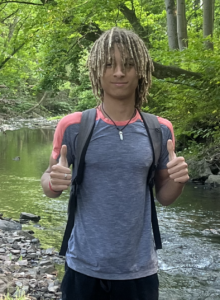 Lambertville, NJ
Lambertville, NJ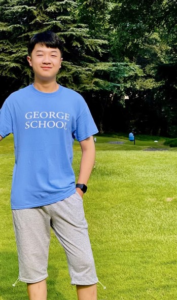 Chongqing, China
Chongqing, China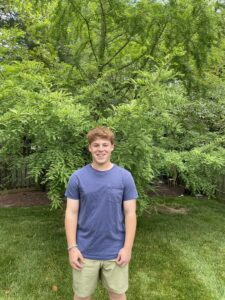 Pennington, NJ
Pennington, NJ Yardley, PA
Yardley, PA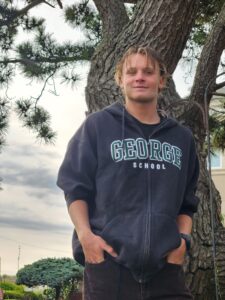 Bensalem, PA
Bensalem, PA Borgota, Colombia
Borgota, Colombia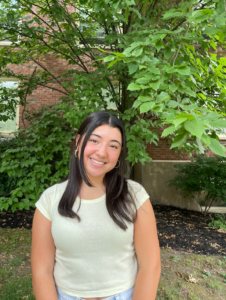 Newtown, PA
Newtown, PA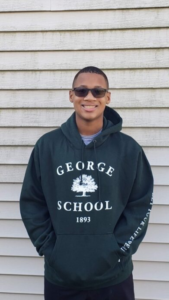 Burlington, NJ
Burlington, NJ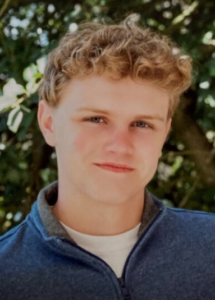 Langhorne, PA
Langhorne, PA Princeton, NJ
Princeton, NJ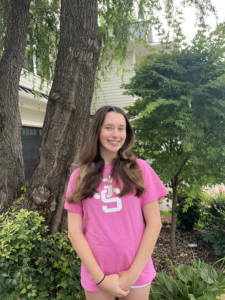 Langhorne, PA
Langhorne, PA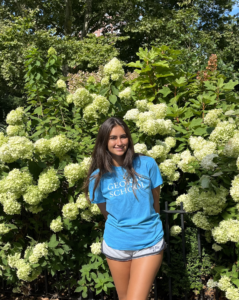 New York City, NY
New York City, NY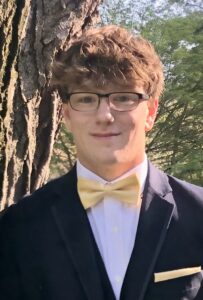 New Hope, PA
New Hope, PA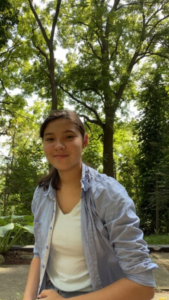 St. Catharines, Ontario, Canada
St. Catharines, Ontario, Canada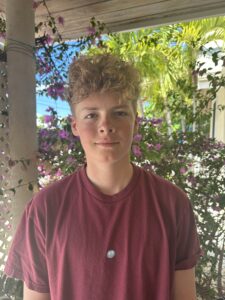 Providenciales, Turks and Caicos Islands
Providenciales, Turks and Caicos Islands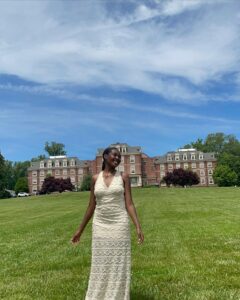 Willingboro, NJ
Willingboro, NJ Princeton, NJ
Princeton, NJ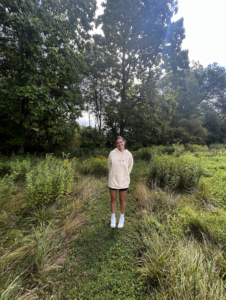
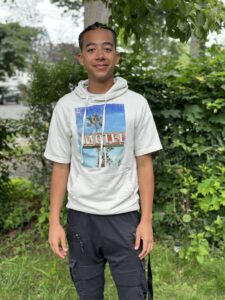 Newark, NJ
Newark, NJ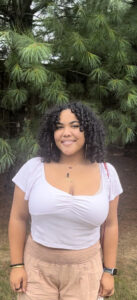 Trenton, NJ
Trenton, NJ Newtown, PA
Newtown, PA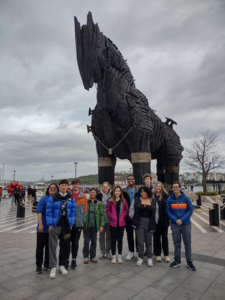
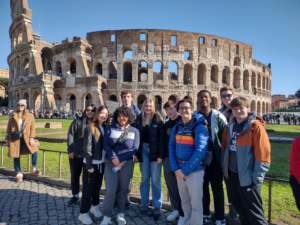
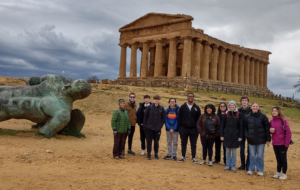

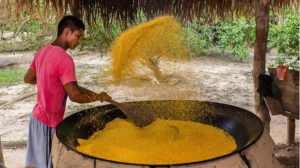
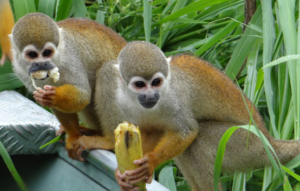

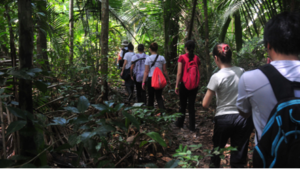
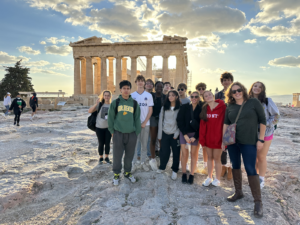
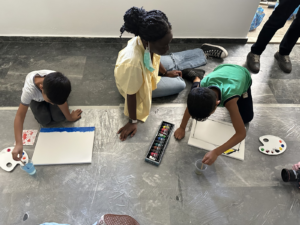
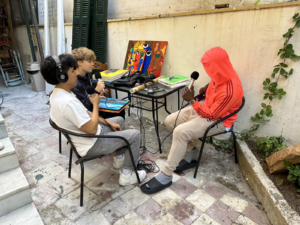
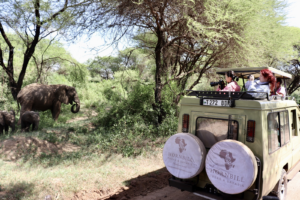
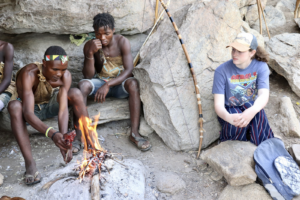
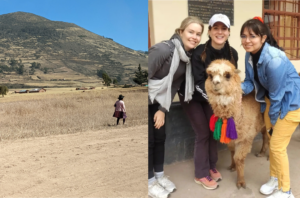

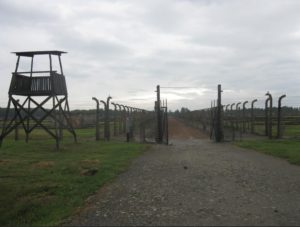
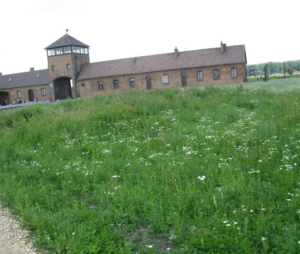
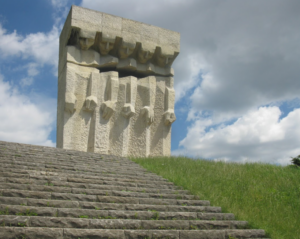

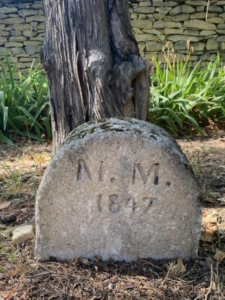
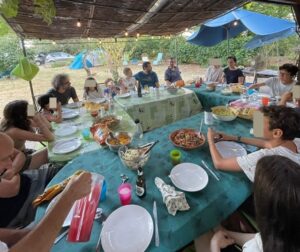
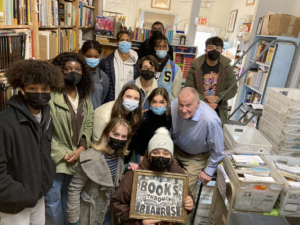
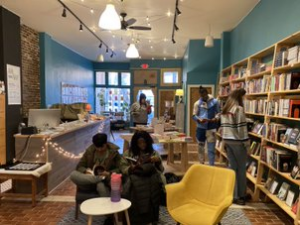
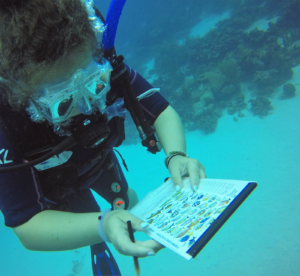

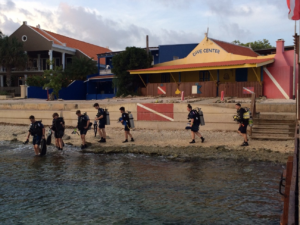
 Lawrence, NJ
Lawrence, NJ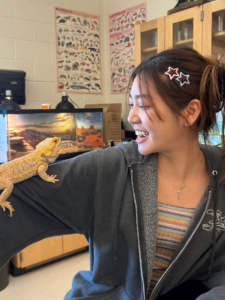 Seoul, South Korea
Seoul, South Korea
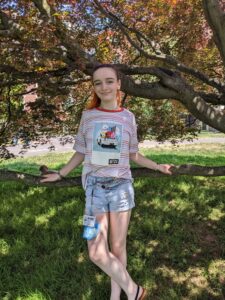 Milwaukee, Wisconsin
Milwaukee, Wisconsin Pennington, NJ
Pennington, NJ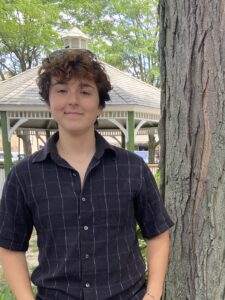 Jenkintown, PA
Jenkintown, PA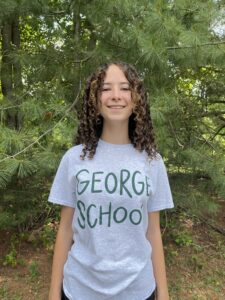 Ottsville, PA
Ottsville, PA Yardley, PA
Yardley, PA Providenciales, Turks and Caicos Islands
Providenciales, Turks and Caicos Islands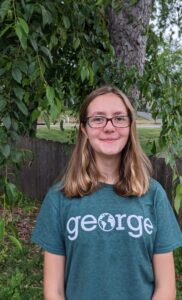 Hopewell, NJ
Hopewell, NJ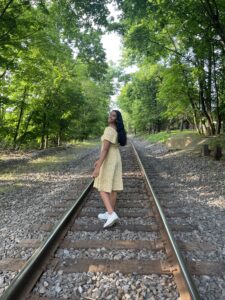
 Pottstown, PA
Pottstown, PA Playa del Carmen, Quintana Roo, México
Playa del Carmen, Quintana Roo, México Shanghai, China
Shanghai, China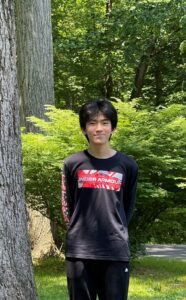 Beijing, China
Beijing, China Yardley, PA
Yardley, PA Beijing, China
Beijing, China Holland, PA
Holland, PA Langhorne, PA
Langhorne, PA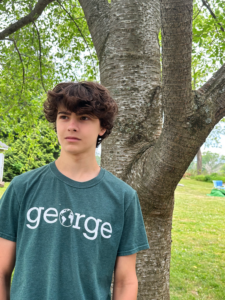 Ringoes, NJ
Ringoes, NJ New Hope, PA
New Hope, PA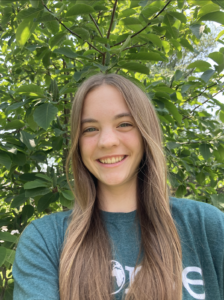 Dreshner, PA
Dreshner, PA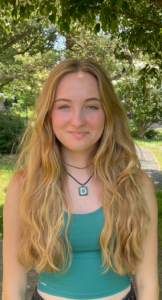 Yardley, PA
Yardley, PA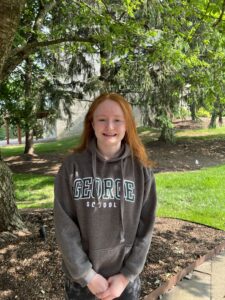 Yardley, PA
Yardley, PA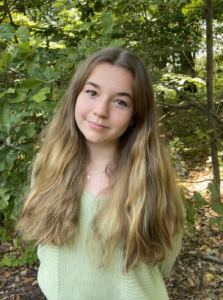 PA
PA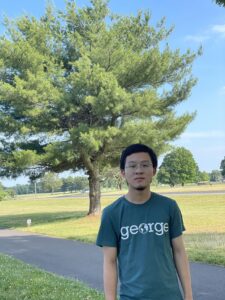

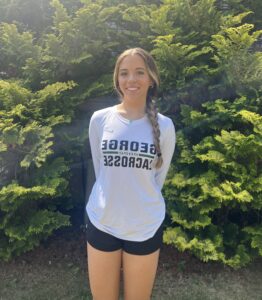
 Xi’an, China
Xi’an, China
